Masriyyin
The Masryiyyin originate from Kemet and the al-Nil River Valley. They have made their home in the narrow belt of land surrounding this river, especially the river delta, which is surrounded by desert on both sides—a pocket of fertility in arid lands. They speak a special dialect of al-'arabiyyah called Masri but there are those within their lands who can speak their native tongue (r n km.t). Most if not all Masriyyin adhere to Islam al'Rasul, though they do possess a unique branch which is inclusive to the legends and mythology of their ancestors. Ilnid openly favors the Masriyyin, spending much of his time in Kemet, and his royal court bears considerable Masriyyin influence.
The ancient name of Kemet was rmt n km.t, pronounced ræm en kā mi or ni ræm en kāmi. This means "black soil of the Nil valley" or "Black Lands", named after the soils of the al-Nil River. Meanwhile, the name Masriyyin comes from other al-Mashriq languages and their names for Kemet. Mitsrayim, Mesru, Misir, Masar and even the Arabiyyan Misr after their capital city, Masr. The Masriyyin will call themselves El-Masriyyan, Ewlad Masr or Ahl Masr meaning children of Masr or the people of Masr. Ancient enemies, like those of Sesli Plato, will call them Ahl-Far'un instead or "people of the pharaoh".
Racial Magic
There is a high occurance of light magic among the Masriyyin for their Racial Magic but beast magic is also commonplace. Three of his aspects occur among the Masriyyin, Maralith, Besida and Riptalis. Certain animals are associated with certain malai'ik, once Masriyyin gods. In fact, those who inherit the form or features of a sacred animal often go on to become priests or priestesses of the corresponding temple (ex: cats for Bastet). Radiant magic is especially prevalent among farmers and warriors. While there are Masriyyin who inherit more potent solar magic than those listed here but these live almost exclusively within Dawn Ahrayn.
Kanilwyr magic is the most common among the Masriyyin, every single manifestation present within their population. Most work as scribes, beaurocrats, librarians, scholars and the like, highly regarded and not often of the lower class. While not as common as Kanilwyr magic, Mpertem blessings occur throughout Masriyyin lineages. Whether these are inherited by sub-Shamsi ancestors or if the Masriyyin were blessed directly by Mpertem is uncertain.
Gokmar and Ilnid's blessings are most common among miners, farmers and laborers but there are some architechs and warriors who utilize mineral magic as well. It is these skills combined with knowledge from Kanilwyr which has allowed the Masriyyin to construct the marvels of archtecture they are so well known for. Much like Rithaldis' blessings, Ilnid's blessings can be found throughout the Masriyyin population but those of Ilnid's court are known to inherit more potent manifestations. On very rare occassions, their pharoah might be so moved to grant new blessings.
Kanilwyr magic is the most common among the Masriyyin, every single manifestation present within their population. Most work as scribes, beaurocrats, librarians, scholars and the like, highly regarded and not often of the lower class. While not as common as Kanilwyr magic, Mpertem blessings occur throughout Masriyyin lineages. Whether these are inherited by sub-Shamsi ancestors or if the Masriyyin were blessed directly by Mpertem is uncertain.
Gokmar and Ilnid's blessings are most common among miners, farmers and laborers but there are some architechs and warriors who utilize mineral magic as well. It is these skills combined with knowledge from Kanilwyr which has allowed the Masriyyin to construct the marvels of archtecture they are so well known for. Much like Rithaldis' blessings, Ilnid's blessings can be found throughout the Masriyyin population but those of Ilnid's court are known to inherit more potent manifestations. On very rare occassions, their pharoah might be so moved to grant new blessings.
☀️ Rithaldis ☀️
Manipulation
Able to manipulate, repel, pull and reshape radiant energy present in their environment. This includes sunlight, solar plasma and ionizing radiation.
Aura
Able to generate or summon radiant energy in various concentrations whether this is sunlight, solar plasma or ionizing radiation. High concentrations eat up more energy more quickly. Also immune to damage from radiant energy and capable of seeing it.
Eye
Able to see radiant energy present around them, over long distances and even through barriers. This includes usually invisible energies like ionizing radiation.
Blood
Ionizing radiation runs through their blood or their blood turns into plasma when they bleed.
Vision
Able to enter a meditative state in which they can peek into and explore Rithaldis' Plane as well as look through windows or portals of the plane.


 Lunil
Lunil 


Manipulation
Able to manipulate, communicate with, attract or direct mammals, birds or reptiles that are present or nearby. These organisms will disperse and/or regain their will when the caster runs out of energy or ceases their control.
Aura
Able to attract nearby mammals, birds or reptiles and can summon a beast companion they have established a bond with or local beasts from their corresponding Elemental Plane (Maralith's, Riptalis' or Besida's). They can give these beasts basic commands, having some influence, but these beasts will disperse or return to where they were summoned with.
Form
Their magic form has features of a specific mammal, bird or reptile incorporated into it, usually one native to their homeland. They will be able to manifest certain characteristics of this beast, usually limited to a handful of smaller features or one or two large ones.
Body
The caster bonds to a mammal, bird or reptile when they are born and their lives are connected permanently, both taking on the longer life span between them. They can share attributes, racial magics and energy but if one dies, so does the other. Identical to a familiar bond but much stronger.
 Mpertem
Mpertem 
Manipulation
Can manipulate emotions or states related to Mpertem of those around them, if they are occurring.
Aura
Can generate temporary emotions or states related to Mpertem in those around them.
Shadow
Can generate illusions or hallucinations fueled by the part of a target's mind space which is connected to Mpertem.
Binding
Able to bind specific emotions, thoughts or memories related to Mpertem. They can either restrict a target's access to these thoughts and memories or they can bind them to their mind so they cannot be forgotten.
Vision
Able to enter a meditative state in which the caster can explore and peek through portals or windows within Mpertem's Plane.
 Kanilwyr
Kanilwyr 
Manipulation
Aura
Shadow
Eye
Able to manipulate a target's memories or knowledge, to manipulate thoughts or affect emotions and thoughts related to Kanilwyr. Can even be used to help targets retain new knowledge.
Aura
Able to influence the knowledge and belief of those around them, making them more suggestable to believing or accepting information as truth--even if it clearly isn't. Alternately, they
can create an area in which people feel compelled to tell the truth and share what they know.
Shadow
Able to induce or craft visions or hallucinations from Kanilwyr's Plane or a random memory of the target. They don't have control over what is seen, simply tapping into random memories or knowledge stored in the plane.
Eye
Able to see truth and honesty radiating off of people, can see when someone is recalling a memory and even glean information about these memories by staring into a target's eyes.
Sense
Binding
Mind
Vision
Apathy
Can sense whether someone is being honest and truthful and can experience a memory with someone as they recall it by touching them or gain their knowledge on a subject.
Binding
Able to bind all facts, knowledge and memories to their mind endlessly, remembering everything perfectly. They can even bind memories and knowledge to others with training, helping them to retain a specific memory or knowledge, and can bind specific memories to objects with the aid of a mage.
Mind
Able to enter a meditative state, mentally entering the target's mind space connected to Kanilwyr. They can experience thoughts, emotions and even memories stored here but cannot access the rest of the target's mind.
Vision
Able to enter a meditative state in which the caster can explore and peek through portals or windows within Kanilwyr's Plane. Kanilwyr does not allow the caster to access memories of other beings without permission but they can access general knowledge stored within the plane.
Apathy
Can temporarily turn off a target's ability to access their memories or knowledge, causing amnesia for the duration, or can select specific memories to block. Alternately, they can render the target unable to retain or remember new memories until the effect ends.
Empathy
Shield
Touch
Step
Can temporarily connect the minds of targets and allow them access to each other's memories and knowledge. Targets are able to experience and share their memories and knowledge with those connected by the caster.
Shield
These casters are immune to all Kanilwyr magic and can turn off their own access to their memories and knowledge.
Touch
Allows a caster to project illusions of their own memories or those of a target they touch. However, they cannot control what memory is projected, only what a target is actively recalling, but can project any part of that memory they choose.
Step
Allows the caster to physically enter Kanilwyr's Plane, using themselves as a portal, and explore the plane. They can enter mental spaces connected to the plane but this can be extremely dangerous. Most common among librarians of Masr.
 Gokmar
Gokmar 
Manipulation
Able to manipulate, repel, pull and reshape minerals present in their environment whether these are rocks, gems or rarer stone.
Touch
Can mineralize or fossilize materials, including organic materials, via touch, filling them with a kind of mineral. The longer the touch is maintained, the more pervasive this effect.
Craft
Able to craft minerals, stones and gems by hand and with great detail, without need for tools. Useful for masonry.
Will
Can produce minerals which amplify the magic of others upon contact or extend this effect into minerals already present.
Form
Can convert parts of their body into a kind of mineral or has these incorporated into their magic form. Which kind differs person to person.
 Ilnid
Ilnid
Manipulation
Able to manipulate, repel, pull and reshape glass, sand and quartz present in their environment.
Skin
Can convert their skin into sand, quartz or glass, differing by individual. They can expand these into jagged glassy spikes, thick sandy insulation or tough quartz armor!
Craft
Able to craft, reshape or smith sand, glass and quartz with their bare hands without any need for tools or heat.
Will
Can produce sand, glass or quartz which amplifies the magic of others upon contact or extend this effect into these materials already present in their environment.
Sleep
They are able to induce a state of hibernation by surrounding or engulfing targets in sand, glass or quartz like a cocoon, using this on themselves or on others. This hibernation is regenerative. They can keep a target in this state so long as they remain engulfed in this aspect. The caster can dispell the effect whenever they want but if left alone, they will remain in this state until their aspect is no longer present in their environment.
Step
Can enter and exit Ilnid's Plane via portals and travel the plane freely, without injury. These portals are instances of sand, glass or quartz large enough to fit through. Can bring another with them while maintaining contact or trap others inside.
Ethinc Identity
Masriyyin identifying strongly with their nomes (provinces), towns and villages. Even those who are migrant laborers throughout the year always return to their original province. In fact, the majority of Masriyyin men work abroad throughout Alkelbulan, having a surprisingly large population overall. Far more than the shores of al-Nil can support. Despite living abroad, Masriyyin men still send money back home to both their family and as taxes to help their homeland to thrive and expand—their loyalty to nation astonishing.
The Masriyyin have a notable sense of ethnic identity rooted in their origins along al-Nil—these riverbanks make them who they are. Untold eras of farming the al-Nil has left a sense of nostalgia for the sights and sounds of their river, the core of their culture and history. These are are a people proud of their heritage, their culture, their cuisine and their attachment to their home no matter where they go. This identity travels with them, a sense of being alien anywhere else apparent. In fact, it is unlikely to find permanant settlements of Masriyyin outside of Kemet, most if not all migrants holding onto their intentions to eventually return.
Because of their mythology and religious views, Masriyyin are prone to placing themselves above foreigners, far more once they became the favorites of Ilnid. This sense of superiority has only amplified since this patronage led them to expand their kingdom across northern Alkelbulan alongside their Arabiyy allies. The core of their belief, ma'at or order, places them above outside cultures which are viewed as agents of chaos. Foreigners are unabashedly described as wretched, vile dogs by Masriyyin elite. However, it isn't race which is considered the most important factor making one Masriyyin. Instead, being Masriyyin in their eyes relies on cultural criteria. If one is born in Kemet, practices Masriyyin culture and speaks their langauges they are Masriyyin.
Art and Architecture
Most Masriyyin are farmers, living in mudbrick homes strictly with their immediate family. Their kitchens have an open roof, possessing a grindstone for grain and an oven for baking bread. Houseware is ceramic, used for storage, tableware and cooking. The walls of these meager homes are painted white and their floors are covered with reed mats. Furniture is usually wooden and raised from the floor to avoid pests like scorpions. Popular instruments to the Masriyyin include harps, the ney (flute) and the oud (short-necked lute) though they have had considerable influence from Arabiyy music too. Leisure activities are popular among the Masriyyin, inlcuding both music and games like senet or mahen (board games). Juggling is popular among children alongside ball games and wrestling. Higher class entertainment involves hunting, fishing and boating along al-Nil.
Perhaps what the Masriyyin are most famous for is their wall art and architecture, crafting monumental structures from stone embellished with hierglyphs and linear art. However, unlike their early ancestors, most of these structures are constructed of glass, salt and quartz! Utilizing Racial Magic and pulling resources from both Arya and the desert, enormous wonders of reflective white or colorful stained glass glimmer in the bright sunlight of Kemet. While these salt carvings might break down elsewhere, there is little to rain in Kemet, most of their water coming from al-Nil and Dawn Ahrayn. These include temples, obelisks, pylons, hypostyles, palaces and even glass pyramids. Of course, there are influences from Quiris, Arabiyy, Siryan, Imaziɣen and even sub-Shamsi cultures which can be seen in their architecture as well.
Clothing
The Masriyyin are astonishingly conservative after falling under Ilnid's control. Women dress modestly, especially those of elite status. In fact, the wearing of a niqab and burqu is highly assocated with Ilnid's court. Ilnid's own wives and daughters dress the most conservatively and live secluded from the rest of the world, their lifestyle actually considered the ideal and envied by working class women. Poorer women lack the resources to dress in this style, which is considered luxurious, and can't hinder their ability to work by wearing such restrictive clothing. Those of lower or working classes are more partial towards the hijab. Both the hijab and niqab are usually worn over an abaya, a loose, robe like dress.
Otherwise, they dress primarily in linens much like their ancestors. Hygiene and appearances are important to the Masriyyin, bathing in the al-Nil with soap made from animal fat and chalk. Men shave their entire body, wearing aromatic perfumes and ointments. Their clothes are made from simple linen. Wealthier Masriyyin wear bleached white linen, wigs, jewelry and makeup. Boys are circumsized at the age of twelve and begin shaving their heads.
Despite living along the banks of the al-Nil River and the fringes of the Shamsi Desert, most Masriyyin commoners do not possess Racial Magic which protects them from al-Nil's radioactive waters. While this radiant energy isn't as potent as its headwaters or the depths of Shamsi, too much exposure can still prove sickening if not deadly. For this reason, the Masriyyin have cultivated and continue to spin their clothing from native flax which naturally repels radiation.
These linens offer them considerable protection alongside the perfumes and ointments the Masriyyin lather themselves with. These serve to block, cleanse and sooth radiant energy from their skin. Those with Rithaldis' Manipulation are responsible for cleansing radiation from their crops which thrive on these radiant waters. Even the soap men cleanse themselves with in the waters of al-Nil are enchanted to actually absorb this energy using Charge Material Magic, healing and restoring their sunburns and ailments.
Education
Literature, art and academia are extremely important to the Masriyyin as their matron Lithmor represents knowledge, joy and aspiration. In fact, the largest library in all of Emynea is found in Kemet. Countless volumes are squirreled away into this library, commisioned, organized and enchanted by Lithmor herself. There are few libarians, the spells woven into this building having a peculiar link to Kanilwyr's Plane and running almost entirely by itself!
There were many times in Emynean history where humanity reached relative modernity, if not post-modernity, only to be purged by the Erlithmanil when they grew too populous or corrupt. Each and every time, Lithmor took it upon herself to re-educate the next generation. The Masriyyin were usually one of the earliest civilizations to receive this special attention and tutelage from their goddess of knowledge.
There were many times in Emynean history where humanity reached relative modernity, if not post-modernity, only to be purged by the Erlithmanil when they grew too populous or corrupt. Each and every time, Lithmor took it upon herself to re-educate the next generation. The Masriyyin were usually one of the earliest civilizations to receive this special attention and tutelage from their goddess of knowledge.
The Masriyyin were often the first to learn architecture, mathematics, science. It is perhaps these advantages which fed their view as outside peoples being chaotic, that they view themselves as the center of order. Museums, theaters, libraries, colleges. Kemet is home to an array of educational and artistic fascilities, many Quiris and Eluzian fascilities imitating the granduer and structure of Masriyyin systems. In contemporary times, Kemet has become the center of development of Islamic mysticism, intertwining their own beliefs with Arabiyy culture and deepening these philosophies and rituals. It is within Masr which Sufi orders train, playing a role akin to Islamic monks or mystics. These are often healers possessing mental manifestations if not mages wielding true magic. They are educated within Masr before taking up post across Ilnid's Sultanates.
Agriculture
Life in Kemet is set to a solar calender revolving around the annual flooding of al-Nil. Their three seasons are akhet (flooding), peret (planting) and shemu (harvesting), each lasting four months. Akhet usually occurs from June to September, watering and enriching their fields with rich silt and radiant energy. Peret lasts from October to February, farmers plowing and planting as the floodwaters recede. As it doesn't rain in Kemet, they are totally reliant on al-Nil through an irrigation system via ditches and canals. Finally, from March to May, Masriyyin farmers harvest their crops using sickles and thresh the grain from the straw before winnowing. The al-Nil, rich in both alluvium soil and bolstered by Lithmor's radiant light, makes Kemet one of the most fertile regions amid dessicated desert sands rivalling even the Eluzian Valley and Huiyun Sanjiaozhou. Though, without Lithmor, the strength of radiant energy in its waters ebbs and flows unpredictably.
The Masriyyin have a distinct view on both plants and animals, all of which they believe are part of a cosmic order. Much of their ancient spirituality is tied to animals as symbols, companions and at times embodiments of their once gods. Cattle are their most important domestic animal, taxes collected on livestock according to the size of a herd. Important estates and temples measure their pretige according to how many cattle they own. Other domestic species include sheep, Tamadla Goat, Aa-hemet Donkey, Shamsi Camel, oxen and pigs. Ducks, geese and pigeons are often captured and bred on farms. Even fish and bees are a resource for the Masriyyin. Exotic pets are common among the elite, imitating their pharoah's love for rare and extravagant beasts, while lower classes might keep cats, dogs or monkeys as pets. In both cases, these animals live inside the homes of their master.
Food
Masriyyin cuisine has remained unchanged over the eras. Bread and beer are their staples, supplemented by onions, garlic, dates and figs alongside occasional meat, fish and poultry, usually salted or dried. Dishes are most often stewed, roasted or grilled. Some of these are ful (fava bean stew), falafel (deep fried fritter), kushari (pasta, rice, vermicelli and lentils with tomato sauce and fried garlic) and molokhia (mallow soup). Kebabs and shawarma are also popular.
Trade
The Masriyyin have a wealth of grains and mineral resources in their lands, engaging in trade with cultures across Arabiyyah, Kna'an, Sesli Plato, Shamsi, Gaarreen Ho'aa, Frozen Wastes and Kasar Wuta. Their cities are centers of trade along the western coast, a place where all of Alkelbulan can gather peaceably.
The economy of Kemet and of the Masriyyin is heavily regulated, precisely organized by their government according to historical practices. Within Kemet, prices of everything from grain, labor, clothing and animals are all set at a fixed price and goods can be paid for by exact measurements of similarly priced labor or goods rather than money.
It isn't uncommon for men to be paid in sacks of grain rather than coin. Ilnid has refined the ebb and flow of their economy and agriculture carefully over the course of tens of thousands of years, this stability and efficiency part of how he has been able to sustain constant warfare and expansion throughout the centuries. Everyone in Kemet is well fed and provided for... so long as they conform to his system. Those who don't fit his careful mold are dealt with ruthlessly, labelled as proprietors of chaos and enemies of ma'at. Most find their end in desert sands.
Mythology
While many of Ilnid's territories have been forced to abandon their religious beliefs under his rule, the Masriyyin's ancient mythologies were instead adapted. Belief in an afterlife is central to the Masriyyin alongside the validity of their pharaonic rule as divine, as an upholder of ma'at. Their once gods were repainted by Ilnid as malai'ik, angels and divine messengers of Allah (Luxis) within the mythology of Islam al'Rasul. The Masriyyin pantheon is called Netjer Pesedjet. Some are seen as jinn or even shayatin, demons, but most of their gods are now viewed as angels. Ilnid himself is viewed akin to Horus while Lithmor was once equated to Raet. Aside from this shift in perspective, much of their activities, worship and rituals have gone on unchanged. The Masriyyin revere these angels as though they were saints, as though they are the messengers of Allah, praying to them and continuing to present them offerings or trying to appease them. They hope for the eventual revival of the Erlithmanil, their messengers.
These figures are personified by the Erlithmanil, Aethid or even Aspects. There are different cults throughout Kemet, each worshipping and running temples for a specific entity, so long as Allah is still recognized as the only actual god. A unique mixture of Islam al-Rasul and Masriyyin beliefs has slowly grown more popular across Ilnid's Sultanates, mostly among the elite. One might even find smaller temples abroad, outside of Kemet, especially in Haramal! A small shrine is at the heart of these temples which houses a statue of their malai'ik, beleived to connect their prayers to the entity.
These figures are personified by the Erlithmanil, Aethid or even Aspects. There are different cults throughout Kemet, each worshipping and running temples for a specific entity, so long as Allah is still recognized as the only actual god. A unique mixture of Islam al-Rasul and Masriyyin beliefs has slowly grown more popular across Ilnid's Sultanates, mostly among the elite. One might even find smaller temples abroad, outside of Kemet, especially in Haramal! A small shrine is at the heart of these temples which houses a statue of their malai'ik, beleived to connect their prayers to the entity.
However, unlike mosques these are not public places of worship. The statue is only displayed publicly on specific holidays and celebrations. Instead, ordinary Masriyyin have their own personal statues and protective amulets. If they have a particular need to communicate with or seek guidance from their mala'ik, they usually seek the guidance a high priest, priestess or suffi (muslim monk).
Much like their ancestors, the Masriyyin believe everyone is made of physical and spiritual pieces. The spiritual parts included a swt (shadow), ba (soul/personality), ka (life-force) and their name. They believe the soul resides in their heart, that the "mind space" as Accia calls it is located there. They believe preserving the body is necessary so that the soul has a permanant home but in order to reach paradise with Allah, they first had to be judged. Their heart has to be weighed and judged by the feather of truth—a relic which reveals their true nature. Those who have lived their life according to ma'at and Islam al-Rasul are deemed worthy while all others are consumed by Iblis (Azryth).
History
Even long before the Birth of the Erlithmanil, Kemet was home to an ancient culture. For this reason, it has always held the admiration and interest of Ylithuum and Lithmor, both fascinated with human culture and history. While Ylithuum and Wylrith established their dynasties in Yaxiya, Raegeric and Zalikar in Eluziar, Lithmor and Ferith made their home in Alkelbulan. Lithmor assumed the role of Ra-Isis in Masr, thirty dynasties rising and falling under her eye, imitating those of ancient Kemet before her. She ruled Kemet from Dawn Ahrayn above, her personal home and Seat. Only those who could endure her radiance, who devoted themselves to her cult were able to live within this city. Their descendants still guard her Seat to this day and perform her sacred rites.
Lithmor spent much of her time abroad with her family, Zalikar and Sylthari, leaving governance to Divine Descendant with her blessing—pharaohs. However, she avoided fighting their battles for them as most of the Erlithmanil did. Sometimes, Kemet played the role of conqueror but at other times, the Masriyyin came under foreign rule. Most frequently, these were ambitious conquerors from Kna'an, Arya or sub-Shamsi Alkelbulan but sometimes these were invaders from the Quiris-Hellenes lands. These empires, endorsed by their masters and gods, warred with each other like children striving to gain their parent's attention and approval. Entertainment for their eternal caretakers, some involved and others ambivalent.
The government and glue of Masriyyin society throughout these dynasties was their divine descent and the patronage of Lithmor, who they revered as Ra-Isis. She was the divine being which guided them toward ma'at, order, and who guided the sun across the sky to nourish their crops. She was the very source of the radiance in their prized al-Nil River. Even as Islam al'Rasul rose to prominance under Ilnid's hand, Kemet and the Masriyyin remained faithful to their goddess, a stalwart wall keeping them from spilling freely from al-Arabiyyah and into the rest of Alkelbulan. In the eyes of the Masriyyin, she was the pinnacle of truth, justice and order. Yet their beliefs were shaken to its foundation when Lithmor succumbed to the Downfall of the Erlithmanil, sealed away inside her Seat in Dawn Ahrayn by her own daughter.
The government and glue of Masriyyin society throughout these dynasties was their divine descent and the patronage of Lithmor, who they revered as Ra-Isis. She was the divine being which guided them toward ma'at, order, and who guided the sun across the sky to nourish their crops. She was the very source of the radiance in their prized al-Nil River. Even as Islam al'Rasul rose to prominance under Ilnid's hand, Kemet and the Masriyyin remained faithful to their goddess, a stalwart wall keeping them from spilling freely from al-Arabiyyah and into the rest of Alkelbulan. In the eyes of the Masriyyin, she was the pinnacle of truth, justice and order. Yet their beliefs were shaken to its foundation when Lithmor succumbed to the Downfall of the Erlithmanil, sealed away inside her Seat in Dawn Ahrayn by her own daughter.
Without Lithmor, Ilnid and his forces flooded into Kemet but they had always held his favor. While he crushed, converted or expelled religious rivals aross Kna'an and Arya, he took special care with the Masriyyin. As a child, Ilnid had always been fascinated with the Masriyyin, sharing his passion for history with his mother, Ylithuum. Ilnid used his knowledge of their lore and mythology to support his rise as their new Pharaoh. At the same time, remnants of the Quiris-Hellenes empire from Eluziar had taken root in Kemet, trying to retain control in a foothold of their crumbling empire (under who the Masriyyin were heavily mistreated). Ilnid painted himself as Horus incarnate, taking up the throne after the fall of Ra-Isis (much like the fall of Osiris). He claimed their goddess was betrayed by the Quiris, by the revenant Accia Syltharis. That they had turned against the gods out of jealousy and greed. Ilnid even helped to expell the Quiris-Hellenes by his own hand in a show of divine vengeance. Then, over the span of tens of thousands of years, he assimilated the Masriyyin beliefs into Islam al-Rasul and vice versa until all Masriyyin were muslim. Now, the two are intertwined, Masriyyin "gods" seen as malai'ik or jinn. Agents of Allah (Luxis) or Iblis (Azryth). However, those who refused to accept this shift in their faith were mercilessly expelled into the desert.
Merging with beliefs from Islam al-Rasul, Masriyyin believe Allah preserves the souls of his faithful in paradise, continuing their ancient traditions revolving around burial and preservation to this end. They still believe their heart will be weighed against Ma'at's (Kanilwyr's) feather of truth, which reveals their true nature for judgement.
Merging with beliefs from Islam al-Rasul, Masriyyin believe Allah preserves the souls of his faithful in paradise, continuing their ancient traditions revolving around burial and preservation to this end. They still believe their heart will be weighed against Ma'at's (Kanilwyr's) feather of truth, which reveals their true nature for judgement.
In fact, there is a high percentage of Masriyyin with Kanilwyr magic. Revering life and joy but wishing to preserve these memories, structures have been built across Kemet which are not only beautiful but store away memories and traditions using mental magic, available to any who touch them. Memories of daily lives, hunting expeditions, festivals, parties, coming of age, music and dance. Even memories of Lithmor persist in holy places, lain down by her own hand and still flocked to by believers in her revival. Ilnid tolerates these, finding them harmless and even claiming he will one day revive her himself, as a fellow malai'ik.
Organization
As order is at the heart of Masriyyin culture, their society is distinctly stratified. Roughly, this is:
Pharaoh > High Wazir > Wazir, Caliph > suffi, high priest, nomarch > soldiers > specialized occupations (doctor, mage, priest, engineer, mortician, archtect, etc.) > scribe, public official, merchants > craftsman, artist > farmer, laborer > slave.
Most Masriyyin are farmers and laborers, their produce automatically belonging to the state or land owner (a right which is granted by Ilnid's court). This lower class is also subject to a labor tax, required to work a specified duration every year on public works like irrigation canals, tombs and temples. Directly above farmers are craftsmen and artists, still under control of the state and working in shops attached to a given temple.
These artisans, usually masons, carpenters, sculpture, blacksmiths, etc. are paid from the treasury of this temple, from the taxes collected by the high priest. Masriyyin artisans are known for their skill in creating intricate glassware, including adding distinct colors. Scribes, soldiers, merchants and public officials are part of the upper class of the Masriyyin, noticable for their bleached white garments. Finally, priests, doctors, engineers and all highly educated or specialized occupations are amid the upper class just under the nobility themselves—those appointed by wazir to govern. The lowest status is that of slaves, bought from the edges of Ilnid's territories and transported into Kemet. These are almost entirely Haratin though there are also those who refused to convert to Islam al-Rasul which Ilnid keeps as his personal slaves, selectively.
At the top of Masriyyin society is their eternal pharaoh who has absolute control over the law, the land and its resources. Ilnid is both their military commander and head of government, few able to match the power of an Aethid. Just below him are his wives and descendants which make up his royal court, a whole host of consorts, sons, daughters and their spouses. His sons serve as wazir, state officials responsible for governance, while his daughters are often married off to distant caliphs to legitimize their rule. Only his favorite daughters remain in court, the most impressive of these even acting as wazir. It is believed by the Masriyyin that only Divine Descendant can properly rule, that only descendants of malai'ik can maintain proper ma'at (order). Ilnid's court itself is very competitive for his attention, approval and favor as he has many children, a mixture of both Masriyyin and Arabiyy in descent though sometimes his wives come from far more distant lands.
The most prestigious position available is High Wazir, a favorite son of Ilnid acting as his second in command. This son makes public appearances for and represents his father in administrative activities such as overseeing building projects, legal matters and the like. His brothers manage government on a more regional level, the more regions their father entrusts to them taken to reflect their status. These wazirs are known to have regions as small as invidual villages while others oversee entire countries, appointing a host of lesser officials. Administrative regions are divided up into nomes, a nomarch (regional leader) assigned by their wazir. Under the judgement of wazir or caliph, highly educated bereaucrats, scribes, suffi, morticians, soldiers, high preists and nomarchs are granted land and wealth. State and religion are inseparable to the Masriyyin, temples and mosques acting as the beating heart of any territory. Those attending to these holy sites, usually suffi or high priests, have a dual role as tax collectors.
They collect wealth from their parishiners in the interests of the state, storing this wealth within their temples, treasuries or granaries until their wazir arranges their collection. In times of crisis or famine, these temples will redistribute resources to those in need, strengthening public trust in these religious and political institutions.
Despite this stratification in their society, all Masriyyin have a right to law, justice and overall ma'at regardless of their station. Masriyyin granted certain rights to even their slaves, who can buy and sell their own servitude, work for their eventual freedom and have their own doctors. Both male and female Masriyyin can own and sell property, make contracts, marry or divorce, inherit and go to court. Marriage contracts are common among their people, a contract which solidifies financial responsibility of the father for his children if they were to divorce. Masriyyin women, despite their modest dress, have legal rights, opportunities and autonomy many neighboring cultures do not. Even within Ilnid's court, his daughters can become wazirs or rule in the place of their caliph husbands—though this is far more of an uphill battle compared to their brothers. Even ordinary women can become high priestesses but even these women who rise to power do so with limitated roles. Men are always the first choice.

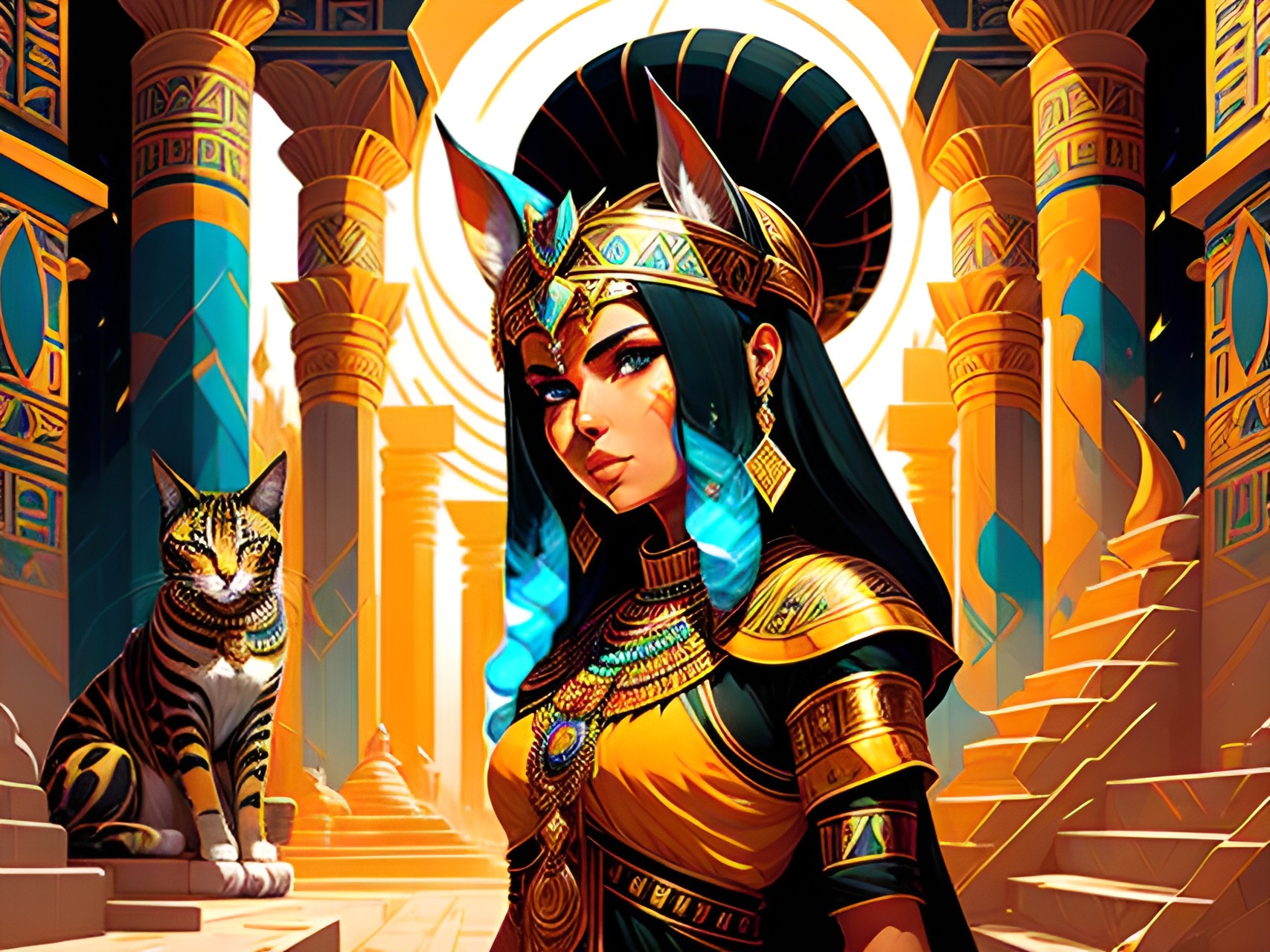
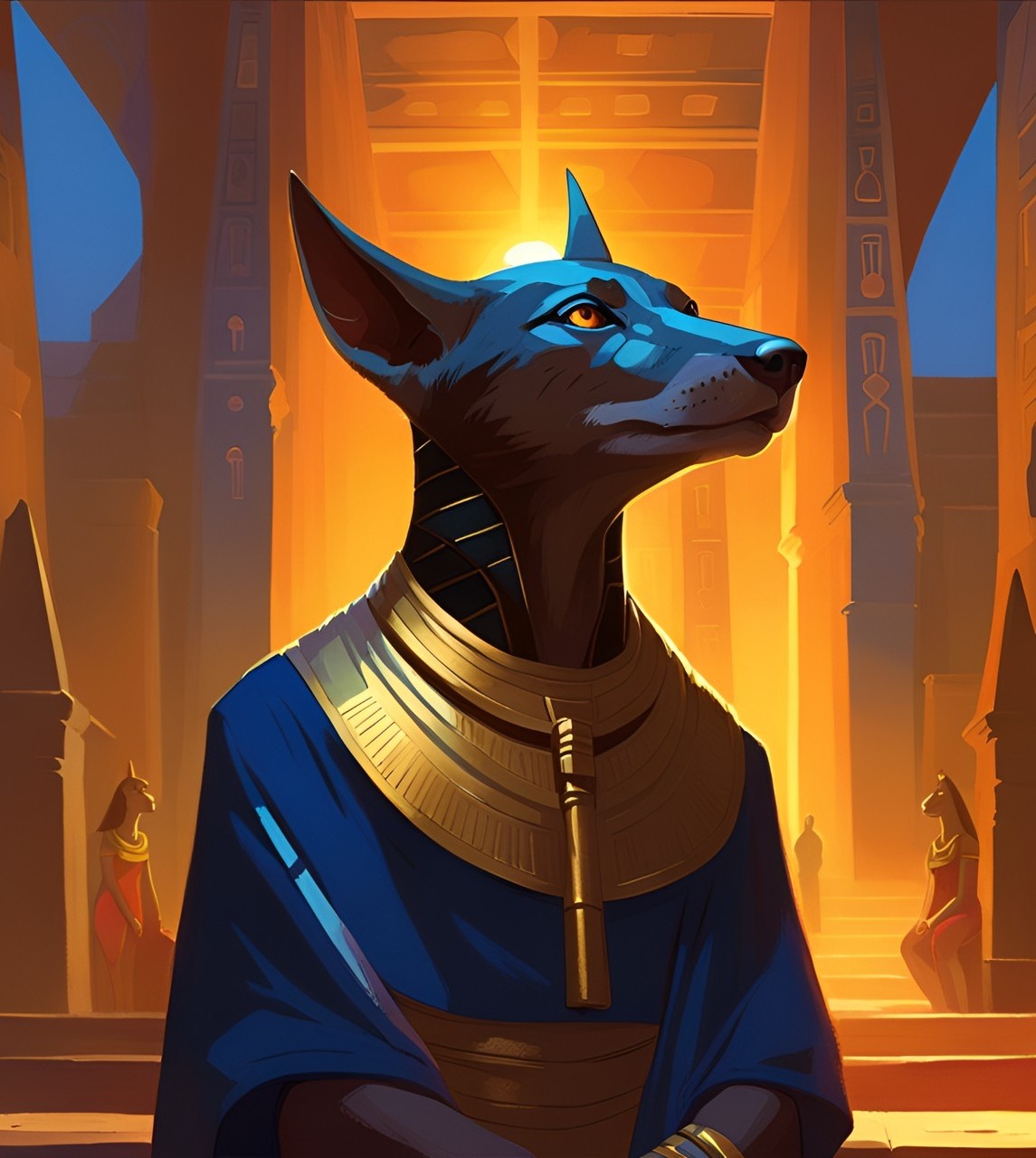
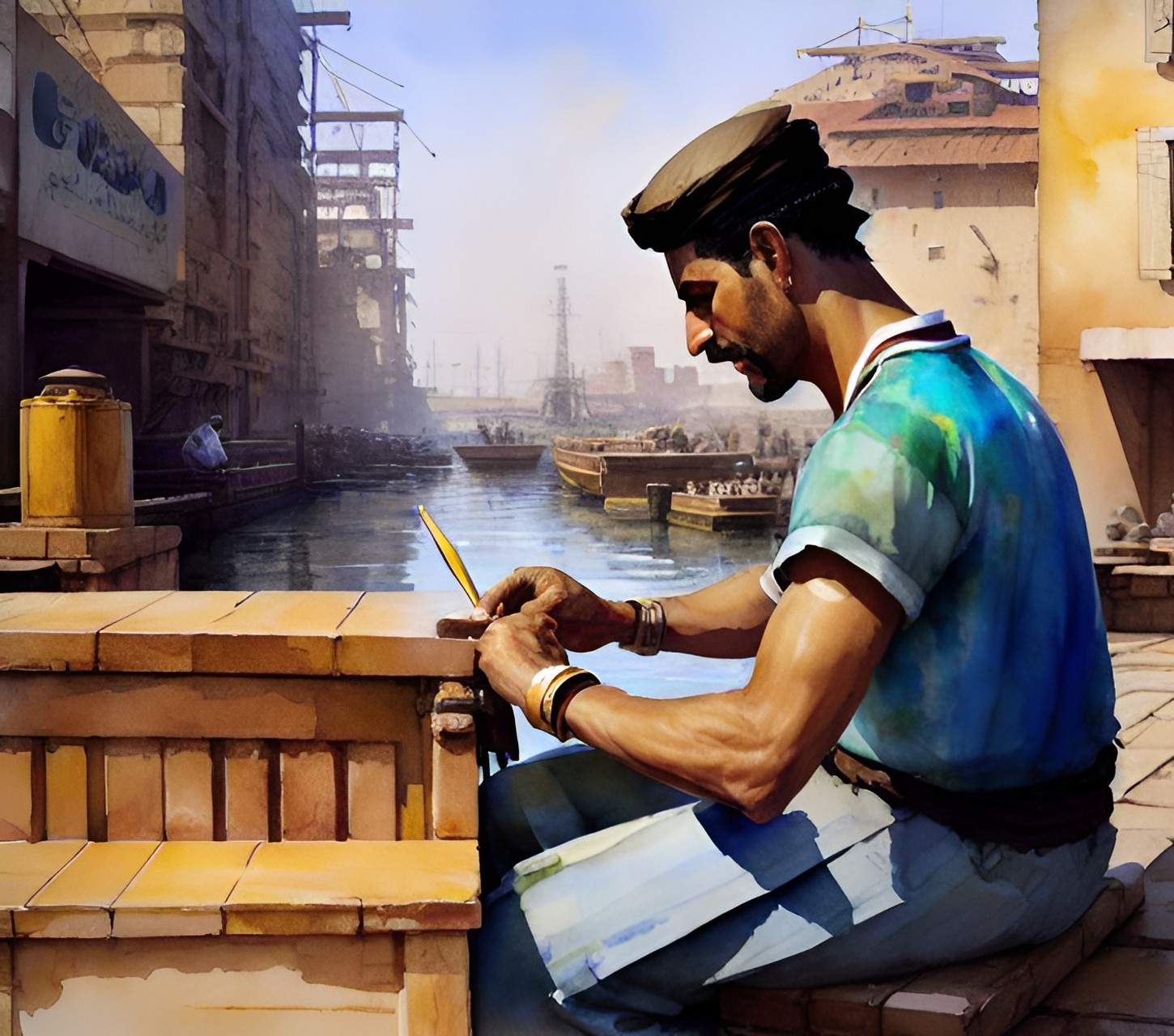
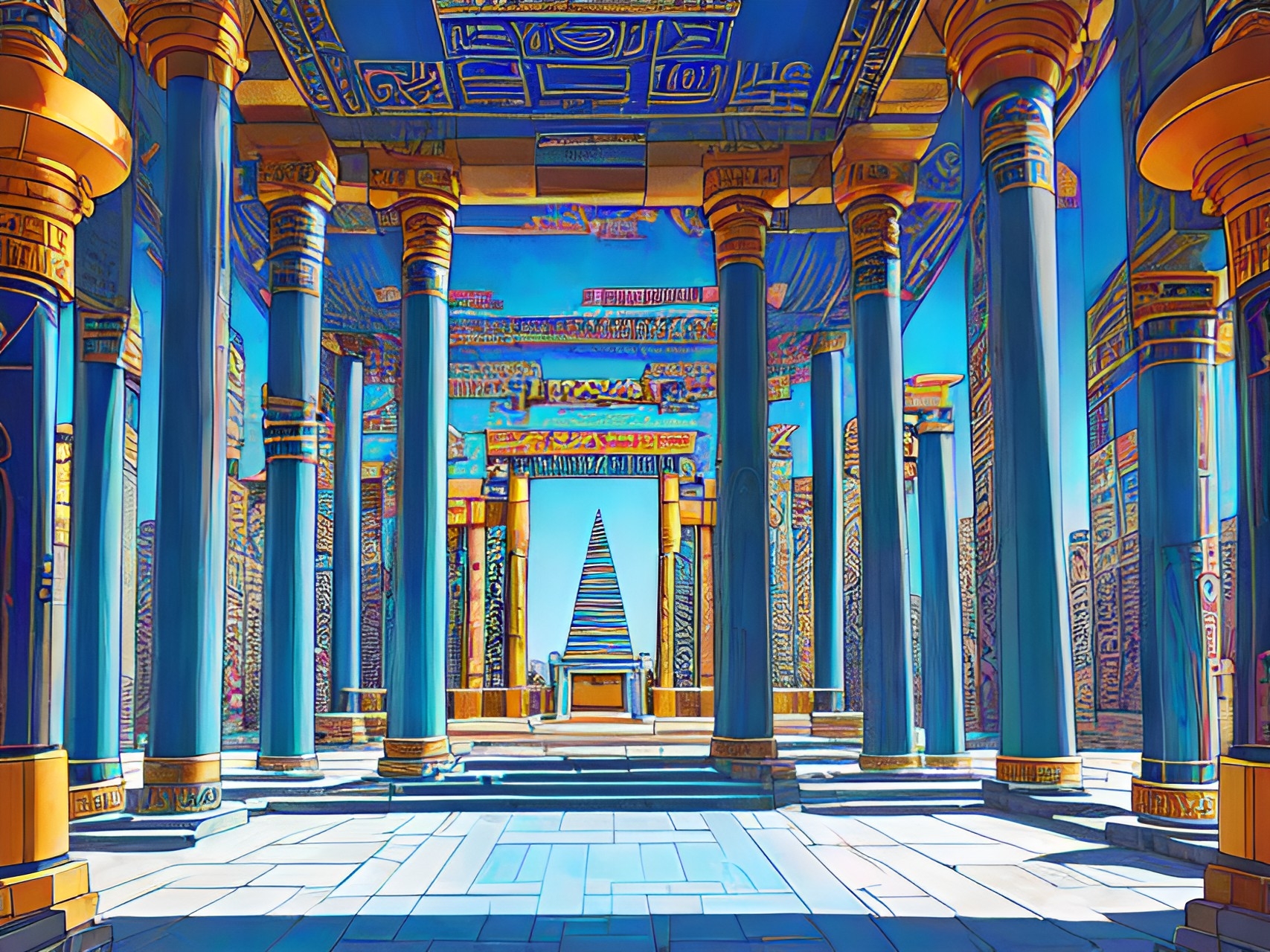
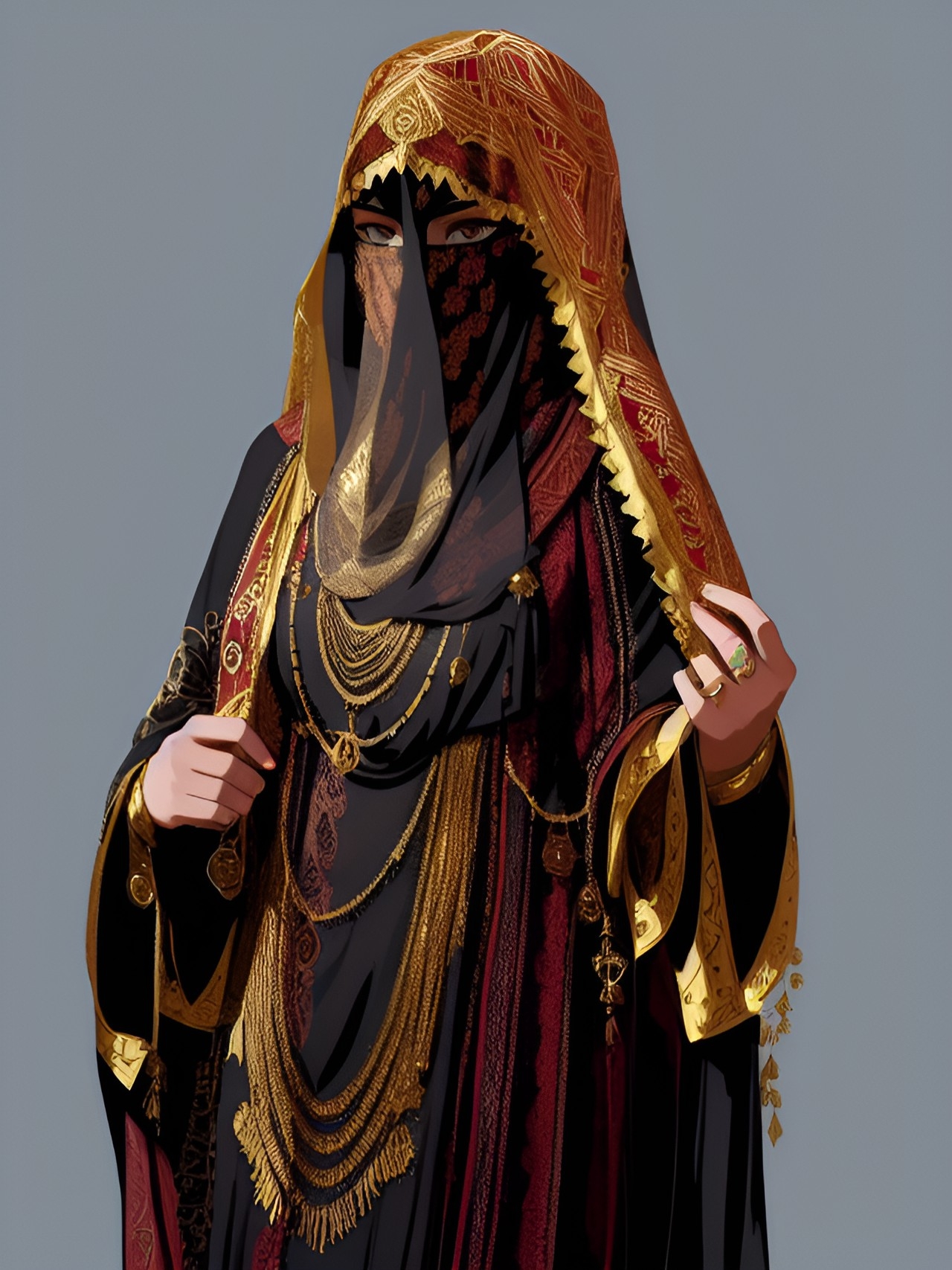

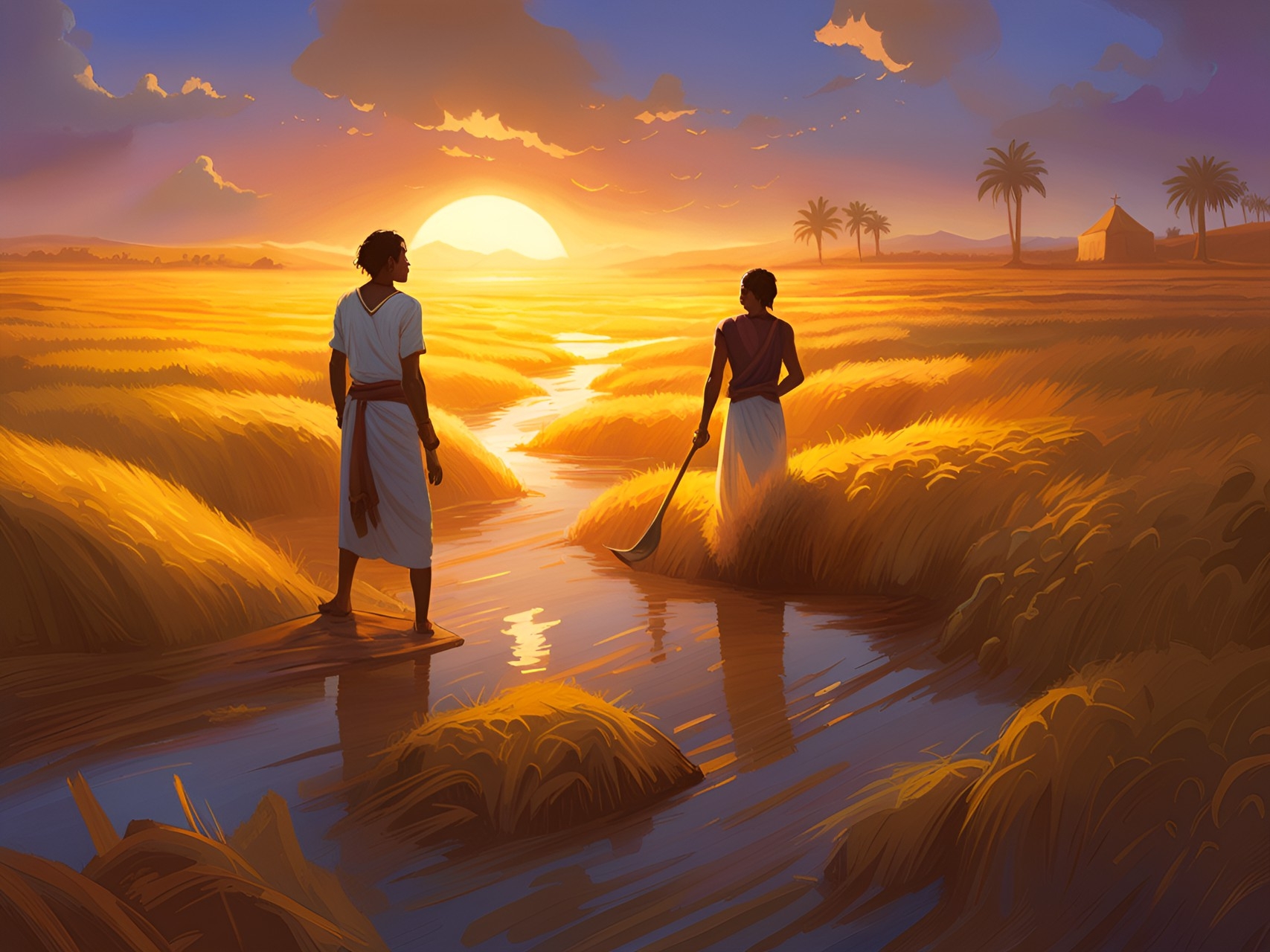
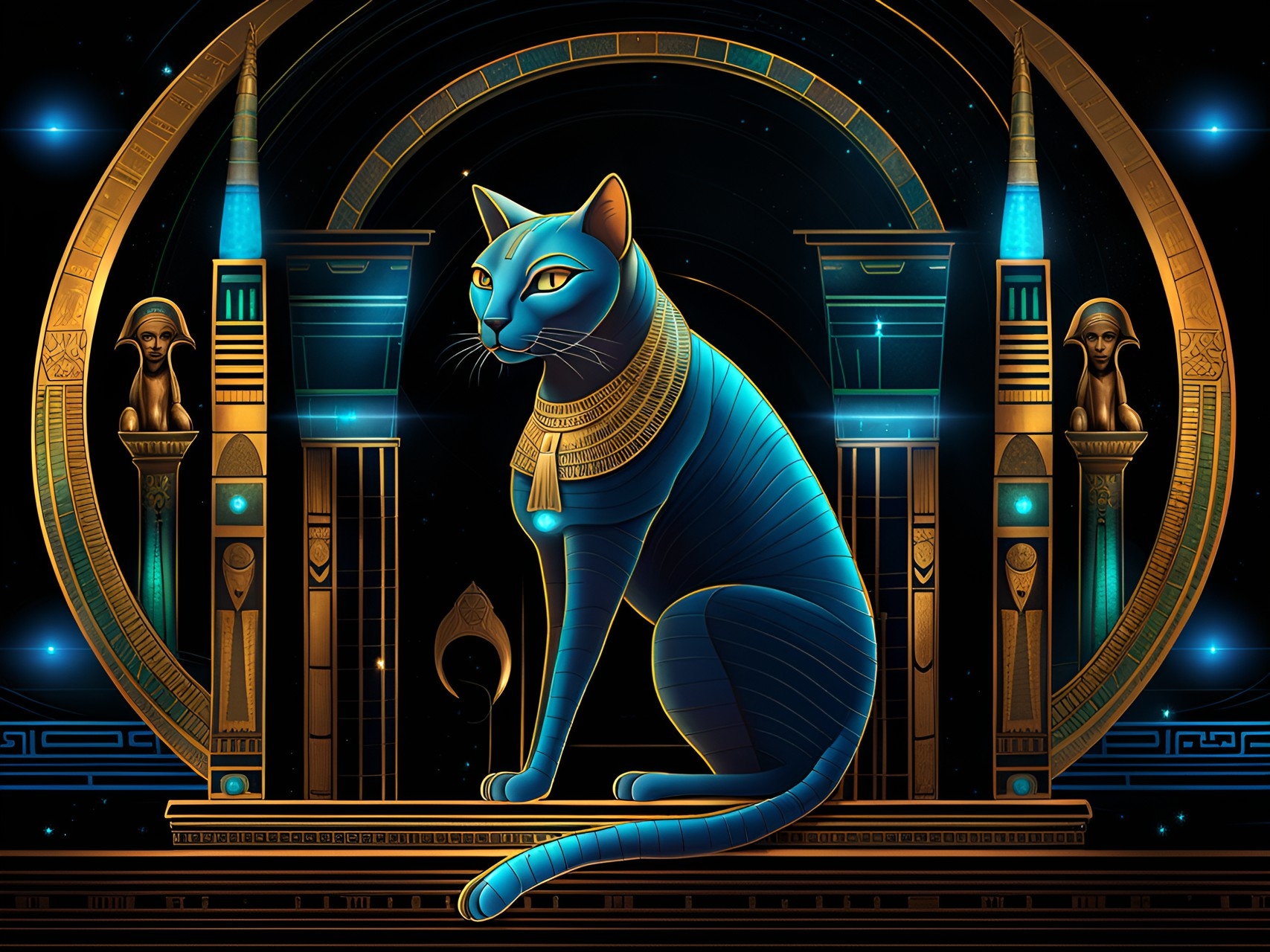


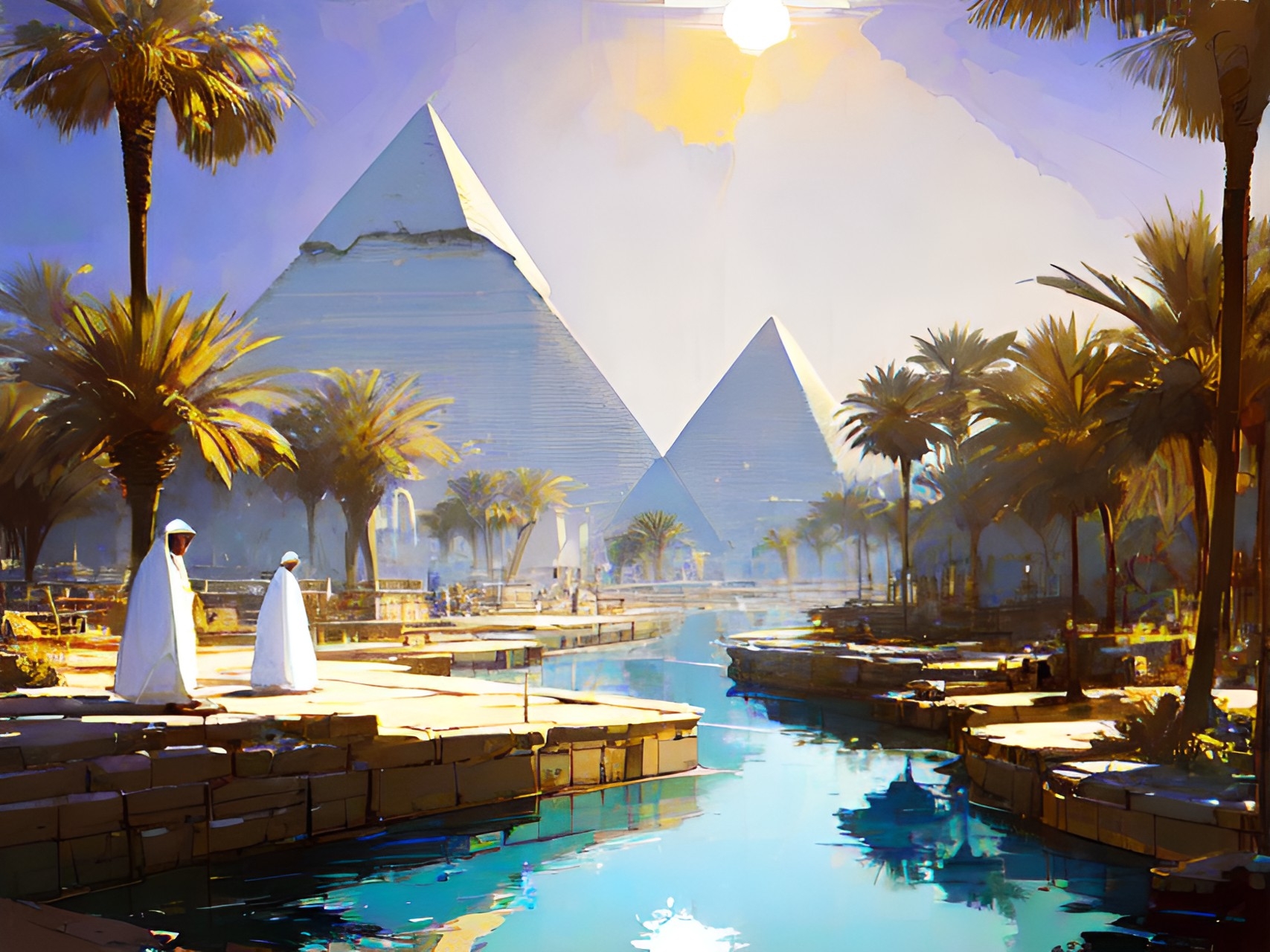

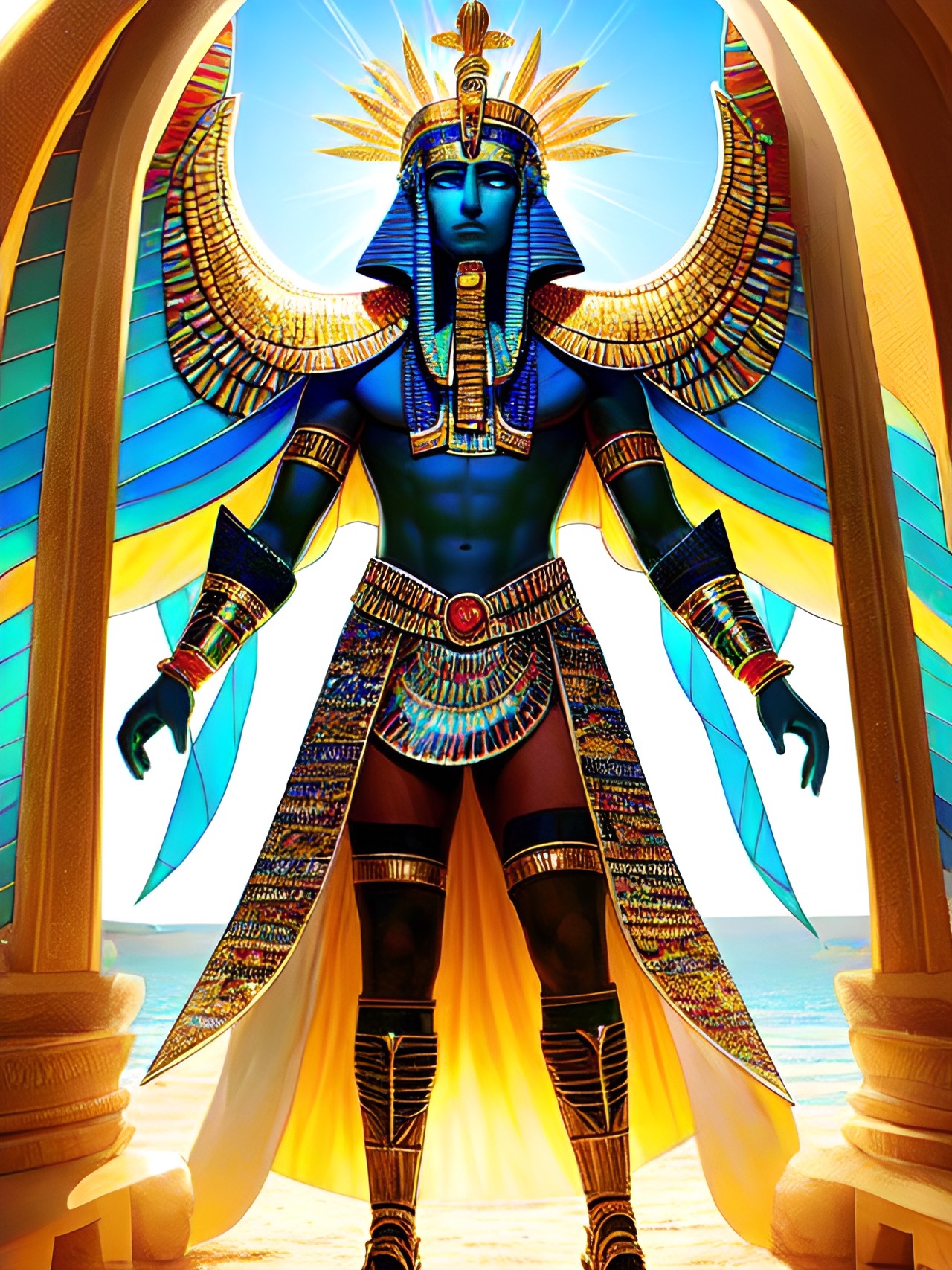
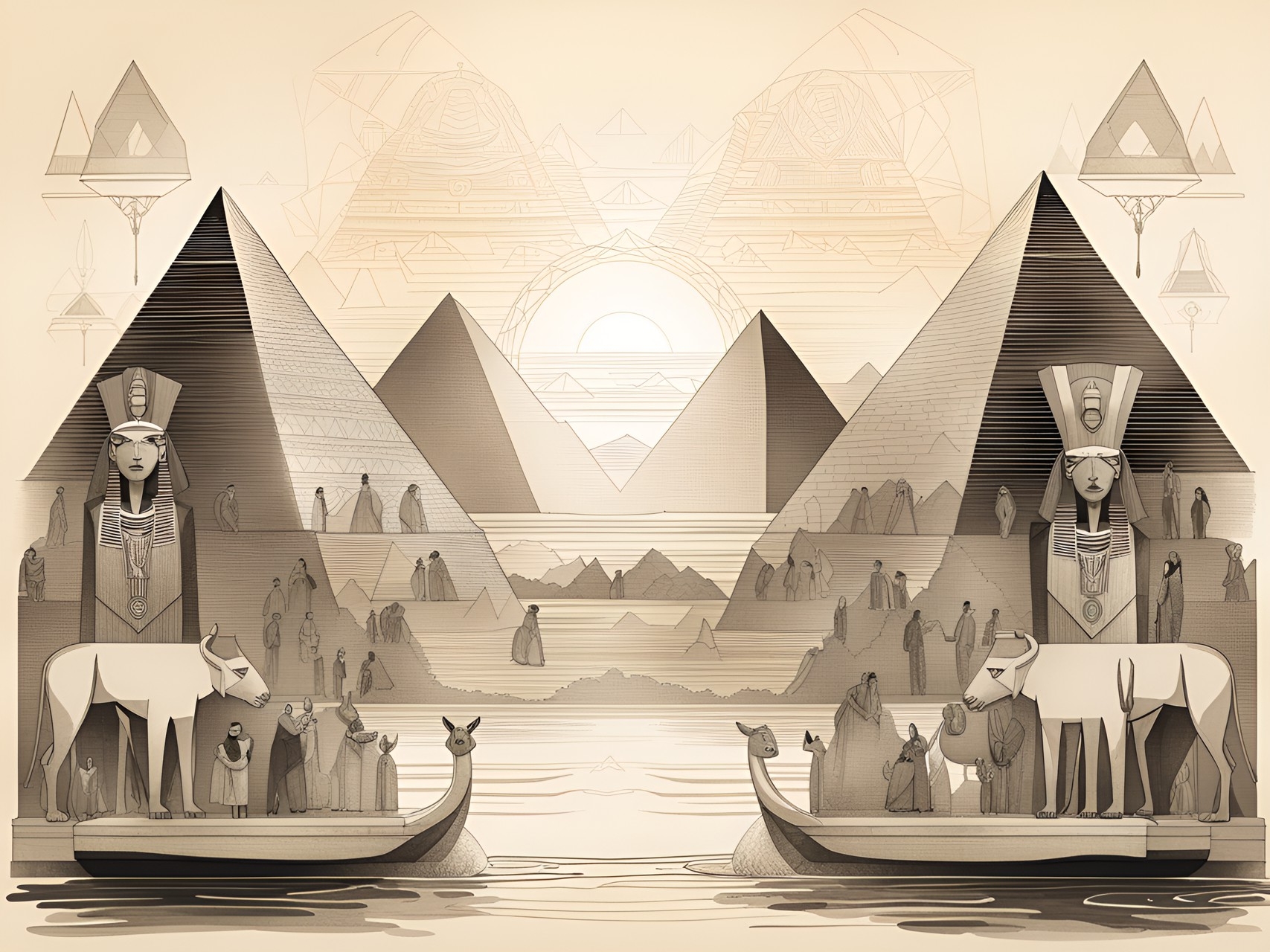
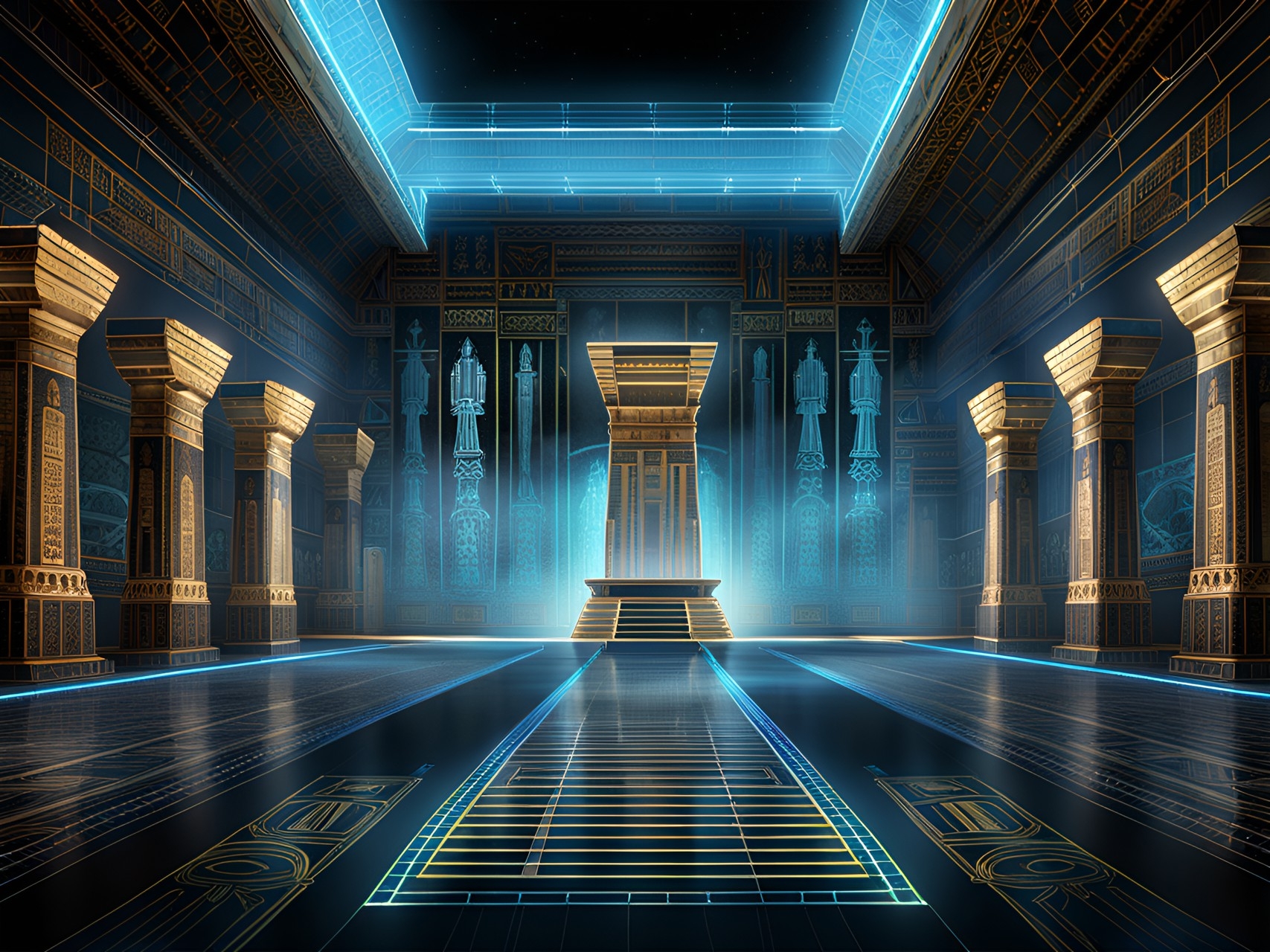
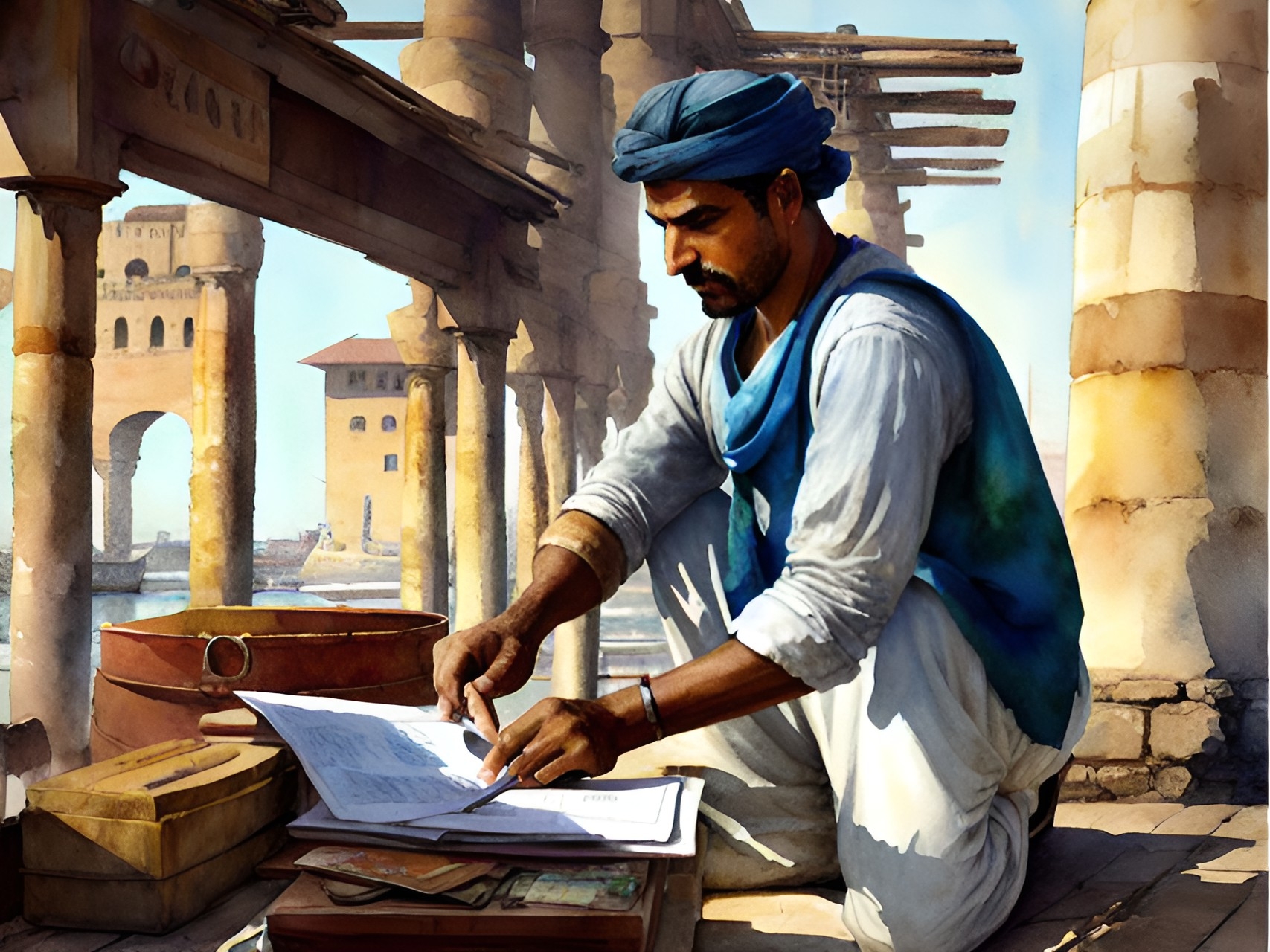
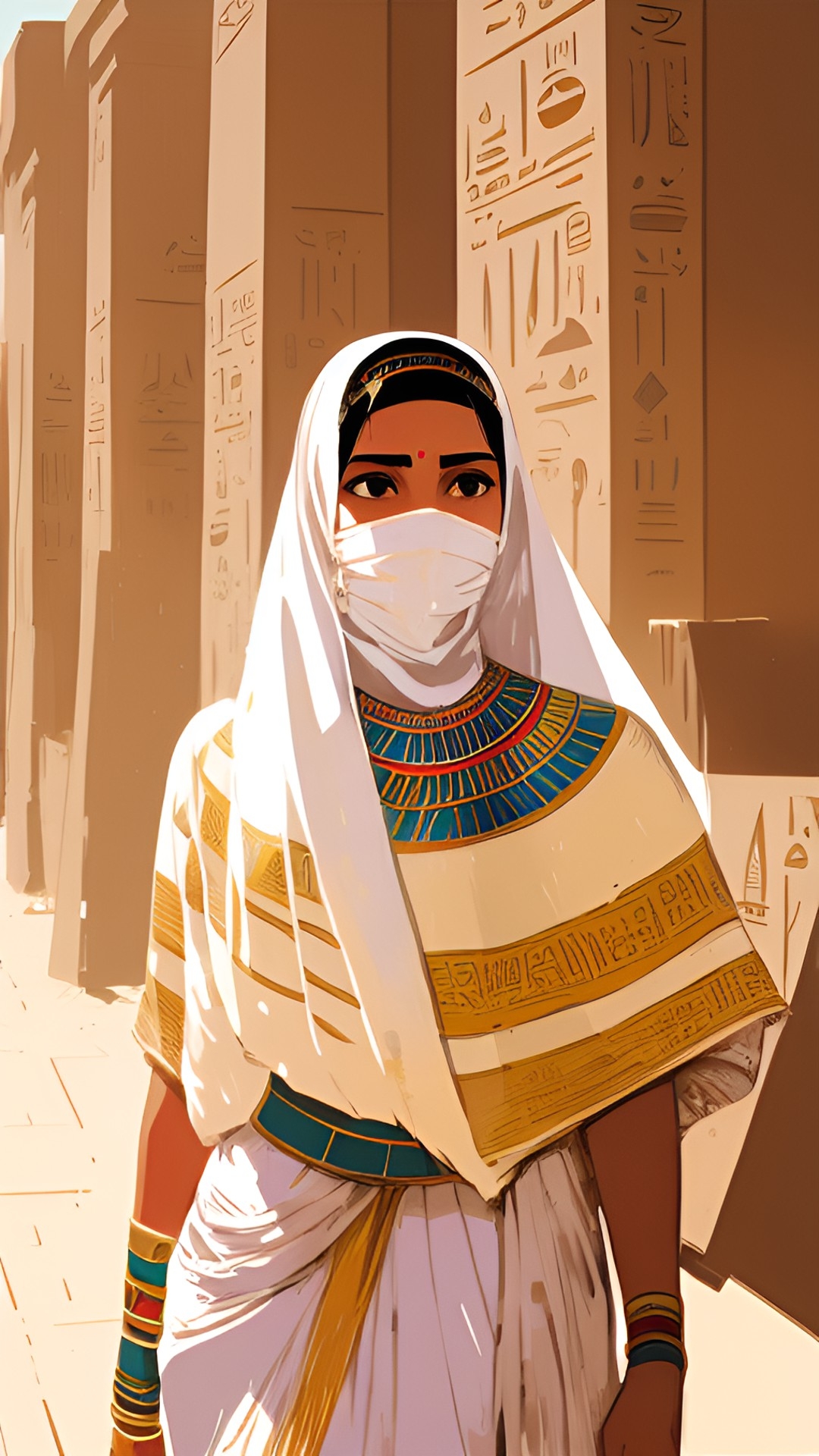


Comments